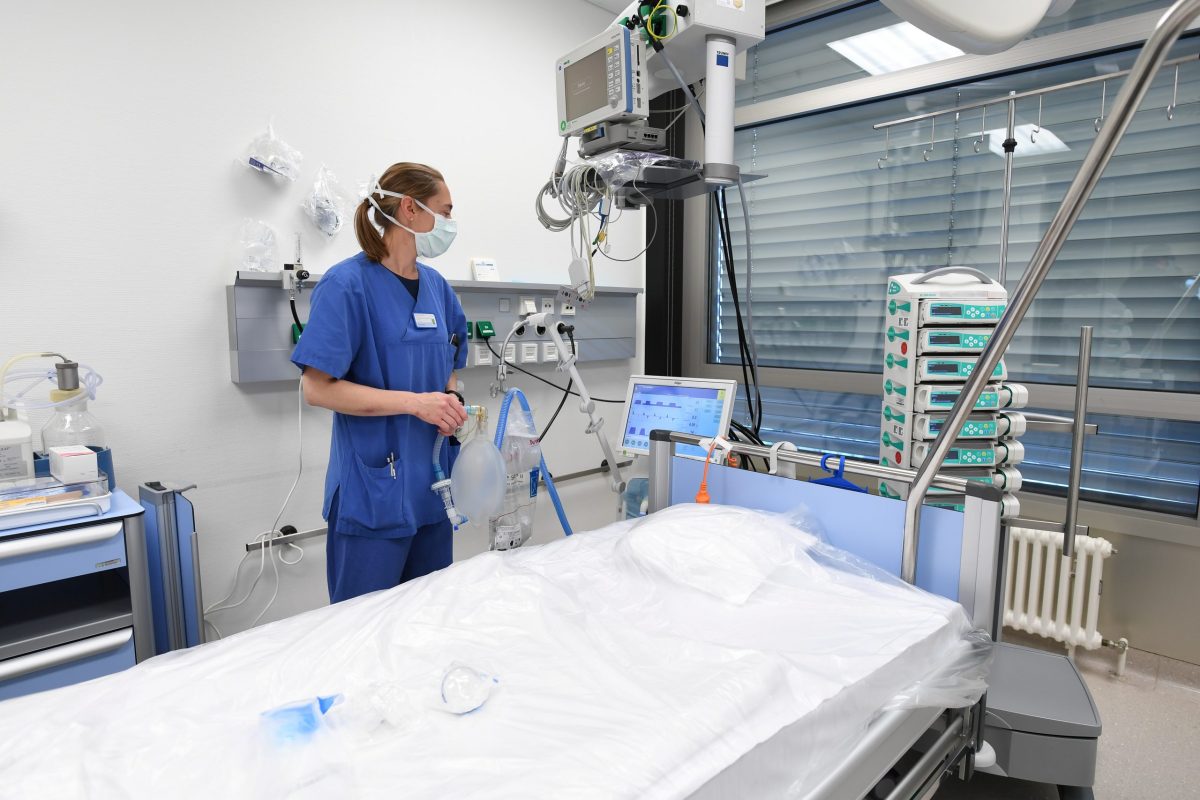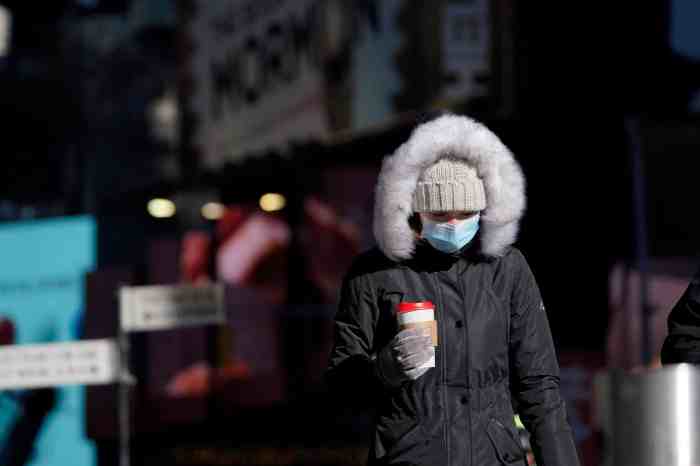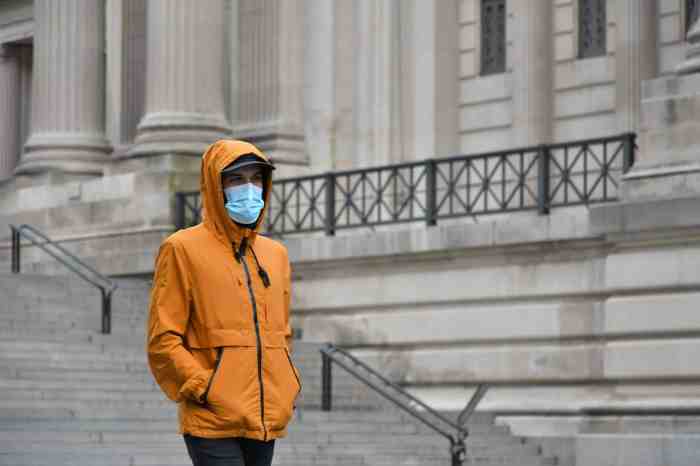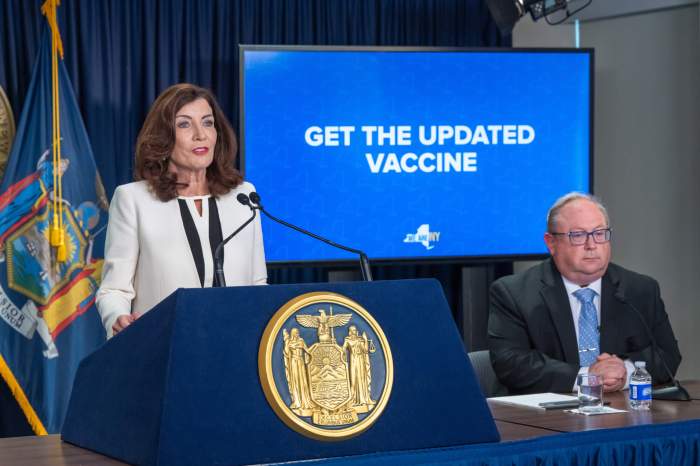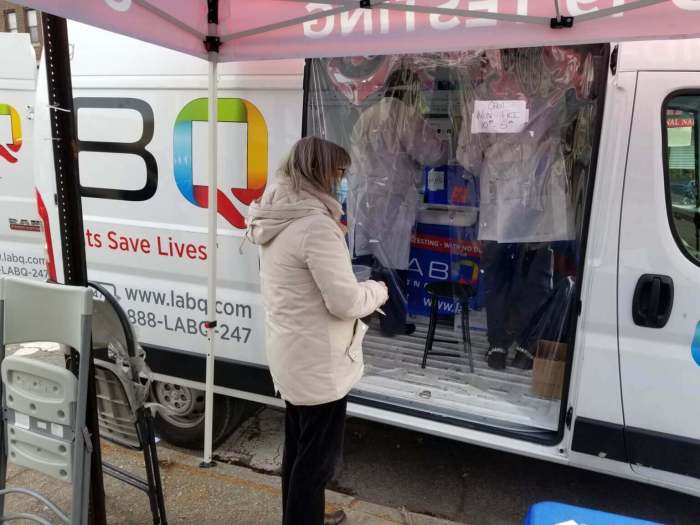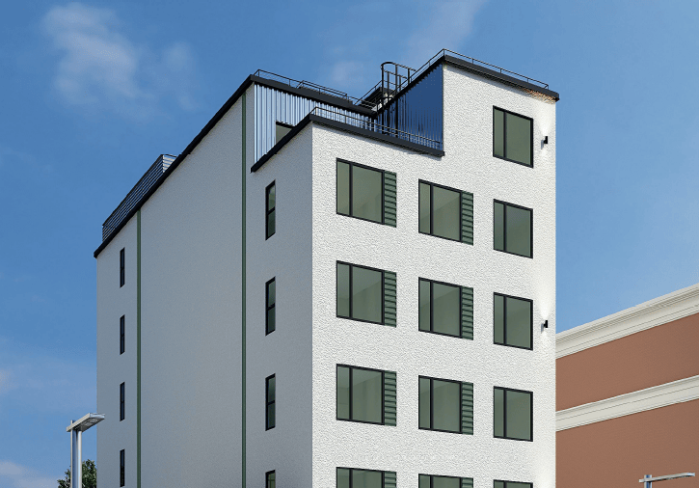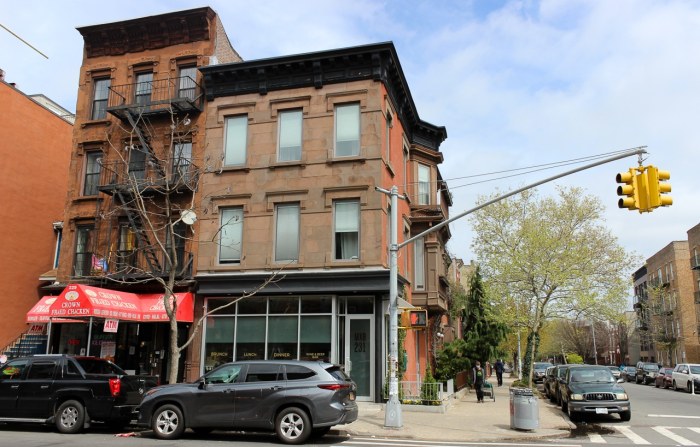Looking to meet the demand for hospital beds as the coronavirus epidemic rages on, New York state is actively looking for temporary space across the five boroughs, Governor Andrew Cuomo said Thursday.
Cuomo aims to establish temporary hospitals — each equipped with to handle at least 1,000 patients as overflow facilities — in every borough as well as Nassau, Rockland, Suffolk and Westchester counties.
“As we’ve said the hospitals have a 53,000-bed capacity,” Cuomo said at his daily press conference Thursday. “We’re trying get to 140,000-bed capacity between the hospitals and the overflow facilities. We’ve mandated that the hospitals increased their capacity by 50%. We’ve asked them to try to increase it 100% but they have to increase it 50%. We’re also scouting dorms, scouting hotels for emergency beds and that’s going well.”
Four military hospital units, with 250 beds a piece, are being constructed at Manhattan’s Jacob Javits Convention Center. Another temporary hospital is also being built on the center’s campus.
Construction is also underway on temporary hospitals at three other locations in the suburbs: SUNY Stony Brook in Suffolk County, SUNY Old Westbury in Nassau County, and the Westchester County Center. Cuomo expects the hospitals to open in early- to -mid-April.
Meanwhile, the state has recruited an additional 12,000 healthcare workers, including retirees and medical students, as volunteers to help fight the pandemic. There are now 52,000 volunteers on this “surge healthcare force” statewide.



